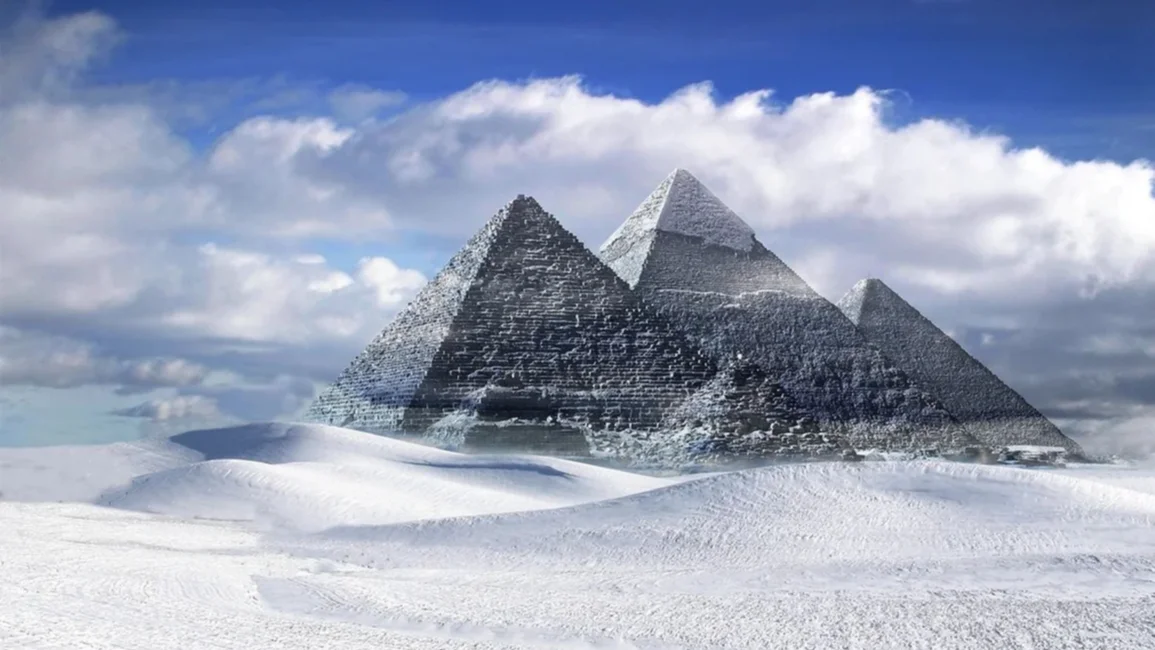Archaeologists Discover 10,000-Year-Old Pyramid Beneath Antarctica, Shaking Foundations of Human History


Initial analyses using ground-penetrating radar (GPR) and high-resolution satellite imaging revealed a massive, pyramid-like formation more than 200 meters tall, with a base measuring around 300 meters on each side. Perfectly aligned with the cardinal directions, the structure’s symmetry and scale make it almost impossible to attribute to natural geological processes.
According to Professor James Carter, lead archaeologist of the expedition:

The pyramid’s precise shape suggests the use of advanced planning, tools, and labor organization—traits generally believed to be exclusive to much later civilizations. At the base of the structure, partially exposed patterns and strange inscriptions have been detected. These may offer critical insights into the identity, language, and beliefs of the mysterious builders.
The markings remain mostly buried under ice, but early imaging hints at non-random arrangements of symbols, potentially serving a ritual, astronomical, or communicative purpose.
A Lost Civilization Beneath the Ice?
The implications of the discovery are staggering. If the pyramid is man-made, it points to the existence of a highly developed civilization that flourished in Antarctica during a time when its climate may have been temperate and hospitable to life.
Some researchers have even begun drawing parallels to Atlantis, the mythical civilization described by Plato as having vanished beneath the sea. Could Antarctica be the final resting place of a once-great culture lost to time?
Challenging the Timeline of Human Development

This pyramid challenges widely accepted timelines of human evolution, architecture, and technological capability. It suggests that advanced engineering knowledge may have existed long before Mesopotamia and Egypt, the traditional cradles of civilization.
It also raises questions about global contact in prehistory. Could early civilizations have shared knowledge across continents in ways we have yet to understand?
The Path Forward: Science vs. Extremes

While the discovery is monumental, experts emphasize the importance of rigorous scientific validation. Carbon dating, isotopic testing, and further excavation are planned to confirm the structure’s age and origin. Due to the extreme conditions of Antarctica, progress will be slow and dependent on seasonal access and technological support.
Nevertheless, this is shaping up to be one of the most significant archaeological finds of the century.
A New Chapter of Human History?
For now, the Antarctic pyramid remains both an enigma and a beacon of curiosity. It has reignited debates on lost civilizations, ancient technology, and the possible revision of human history. What else lies hidden beneath the polar ice? Could other ancient megastructures be waiting to be discovered?
One thing is clear: the story of humanity may be far older—and far more complex—than we ever imagined.